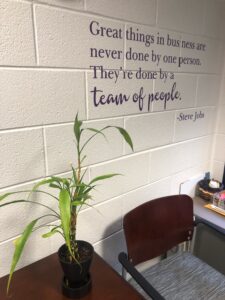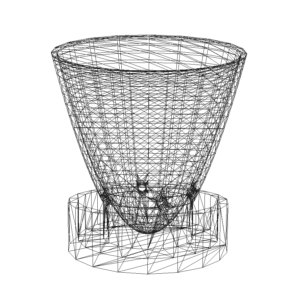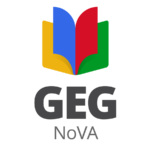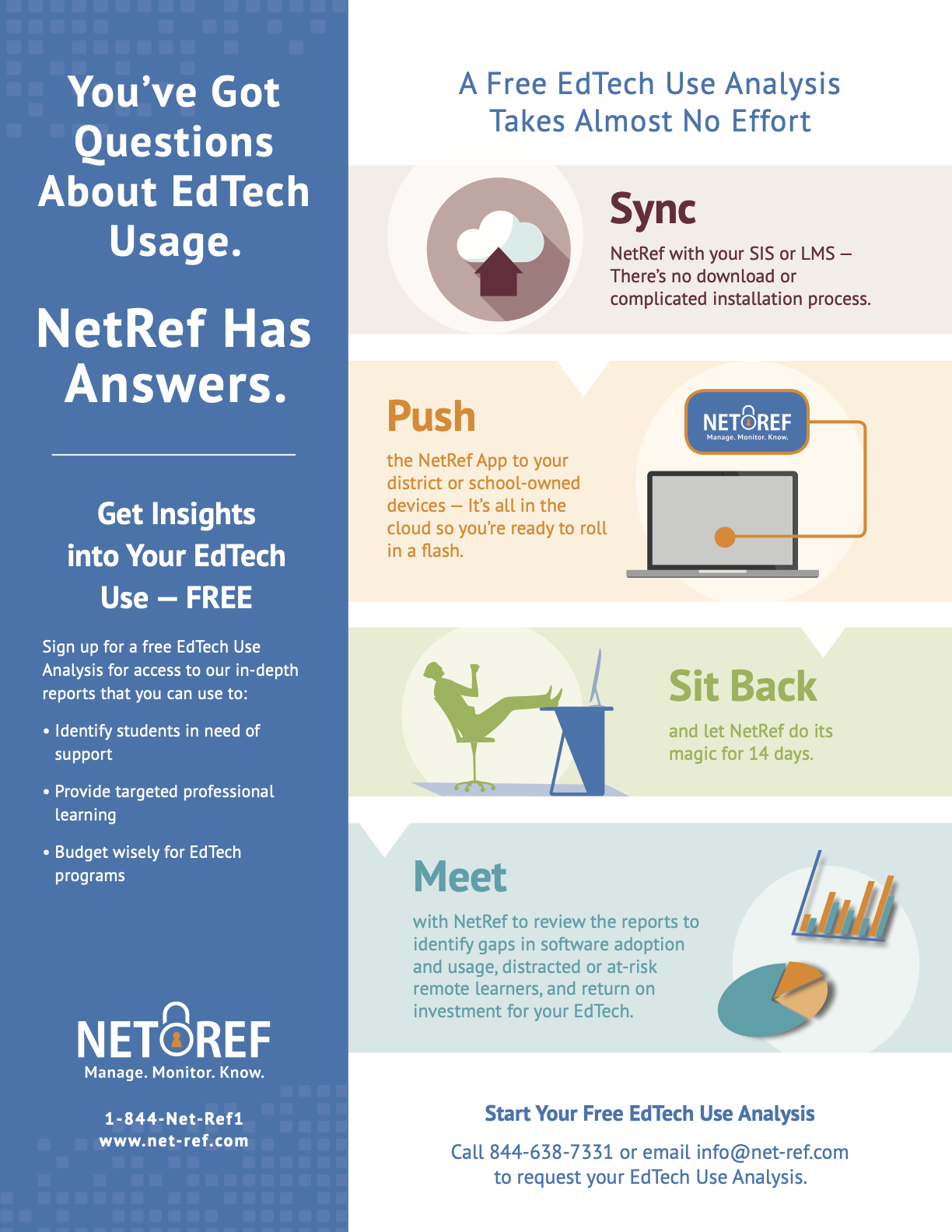Join us live for the inaugural episode of our webinar series on November 30, 2020 at 11:30 am. The series, hosted by Charles Randolph and Jennifer Orr, will highlight the work of VSTE’s Diversity, Equity, and Inclusion Task Force and bring our viewers information for educators around Virginia. Meet members of the task force and learn about our professional development and mentoring work.
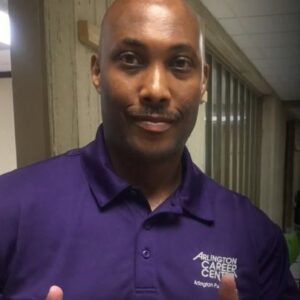 |
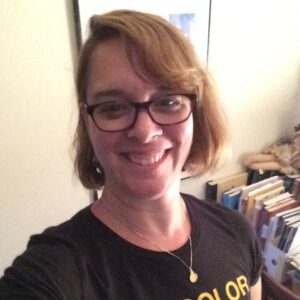 |
Whether you are a veteran or a newcomer, the webinar hosts welcome you and look forward to sharing ideas with you. Stay tuned for future webinars.

